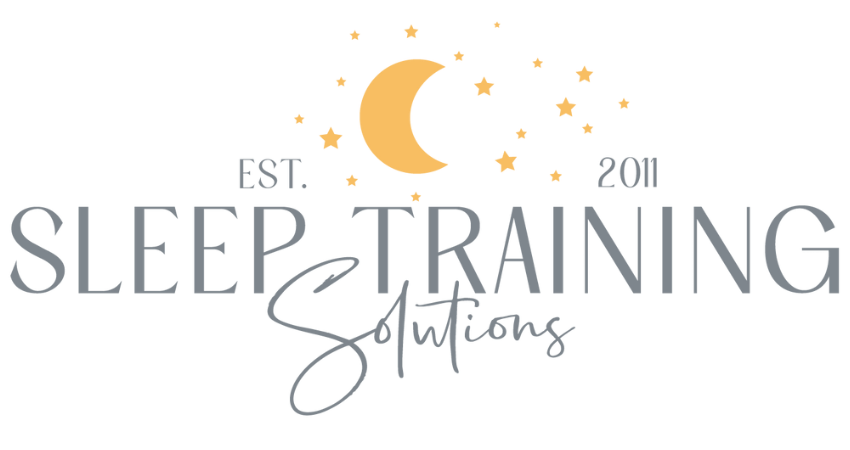18 Ways to Help Your Child Burn Energy During the Day for a Better Night’s Sleep!
How do you help a toddler or preschooler burn extra energy and/or get enough physical activity to be able to sleep?
And preferably not expending said energy running around the living room like a crazy person high on Pixie Stix?
That’s a question many moms have when their kids are between 2-4 years and still having an afternoon nap or 2-3+ year olds who have dropped the nap but seem completely over-the-top energetic most of the day!
Toddlers and preschoolers especially need to burn energy every day, it’s really not a negotiable thing unless of course they’re not feeling well.
And with so many technology options out there, it can be easy to lose large chunks of time sitting in front of a screen.
I always tell my clients that for these endless energy kids (really for any child, but especially these guys), it’s ideal to get some fresh air, sunshine (hopefully!) and physical activity mid-morning (not within an hour of going down for the nap if they’re still doing one afternoon nap) and in the middle of the afternoon (3-4:30pm) before you head in to start dinner. Minimum.
Remember with the late afternoon activity you don’t want them running around up until dinner, eating and then heading right to bed – that’s too much for their little bodies to process! (As a side note, it’s helpful to have toddlers and preschoolers finished with dinner 30-45 minutes before they go to bed. Babies of course get their last bottle or breastfeeding right before bed in the bedtime routine.)
So how can you help your child burn some energy??
Here are 18 activities that get kids moving, away from technology and all can be done OUTDOORS – and are likely to produce a tired out kid at bedtime!
Balloon badminton – perfect for a non-windy day activity, this site explains an easy way to make the “rackets”
Chasing bubbles – this could keep them running around for hours, especially if you make huge bubbles!
Rolling down hills – they’ll be having so much fun coming down that they won’t realize they have to run back up each time!
Go for a bike ride if your child is old enough to pedal her own bike (being a passenger on yours won’t expend any energy and may make them doze off!) Several of my clients have raved about this toddler balance bike for those who aren’t ready for a pedal bike.
Swimming – this is one of my all time favorites because it’s usually a longer lasting activity, so kids get lots of exercise!
Make a goal – see how many times she can kick the soccer ball into the goal (these goals are great because they’re super easy to set up and easily fold down and don’t take up much room to store)
Relay races/timed races – on those days when you want (need!) to tire them out, timing them to run to the tree and back or jump and up and down 10 times is guaranteed to help. If there are other active kids around the same age in your neighborhood you could even set up a mini Olympics! Or send these up into the air and have him see how fast he can retrieve them!
Set up a scavenger hunt and walk around your neighborhood/park looking for items – this site has ideas of things to look for on your hunt – just make sure there’s some walking or running involved!
Play tag – Either with you or other kids, this one is sure to get them moving!
Fly a kite – this kite is easy to assemble, has a kid-friendly handle and has a lifetime warranty and kite-flying helping with coordination too!
Set up some water fun in the back yard – a good ol’ sprinkler or slip n slip or get some self-sealing, reusable water balloons and see if he can dodge them!
Walk to the park instead of taking the stroller and have your child walk when you’re shopping (at least part of the time) instead of sitting in the cart
Head to the beach or playground with a sand pit and see how big a hole he can dig with these…they’re way more more fun to dig with than a regular shovel!
Hopscotch – even if your child isn’t coordinated enough for the real game, just draw the boxes on the sidewalk and having him see how many he can jump in – thins is also a great learning opportunity to put letters or numbers in them and have him jump in each one you call out!
Throw a frisbee – for littler hands, I’ve found this one has the best chance of actually being caught!
Give your child a bucket with sudsy water and a big sponge and have her clean the car! The “wax on, wax off” motion is one that kids aren’t normally doing for any length of time so it’s sure to expend some energy. They’re more likely to stick with it longer if you’re out there washing too :) But it doesn’t need to be a car…anything that’s normally outside could be washed.
If you have a few other friends to play with, using a parachute and bouncing soft balls like popcorn is a fun way to get those arms moving! (Plus they’ll have to chase after the escapee balls!)
Get them jumping! There’s a reason this activity is usually the one with the longest line at school carnivals (except for the giant slide!) – it’s a ton of fun and it definitely wears them out! The great thing about having one yourself is that they don’t get called out after 3 minutes!
One activity that doesn’t necessarily help is being away from the house all day without the opportunity to run around. Just walking around (or more likely being pushed in a stroller) and visiting museums, spending the day in the city, etc. doesn’t provide any exercise if they’re not actually on the move themselves. I find it puts them in more of a mentally fatigued state than a worn out physical state because they’re not releasing energy but they’ve been stimulated all day.
Remember that it’s equally important to help your child wind down from the day. If you fit in a few of these suggestions but get home too late from eating dinner out and the bedtime routine is rushed or non-existent, I can almost guarantee that your child will not want to fall asleep easily. So make sure you have at least 30 minutes once you get back home to do a calming bedtime routine!
Related Posts:
This post is for informational purposes only and may not be the best fit for you, your child and/or your personal situation. It shall not be construed as medical advice. The information and education provided here is not intended or implied to supplement or replace professional medical treatment, advice, and/or diagnosis. Always check with your child’s physician or medical professional before trying or implementing any information read here.





